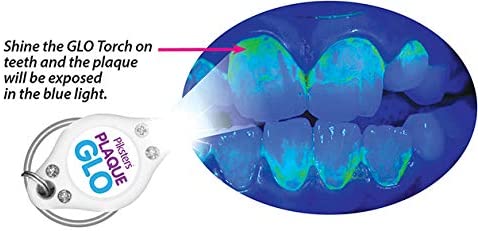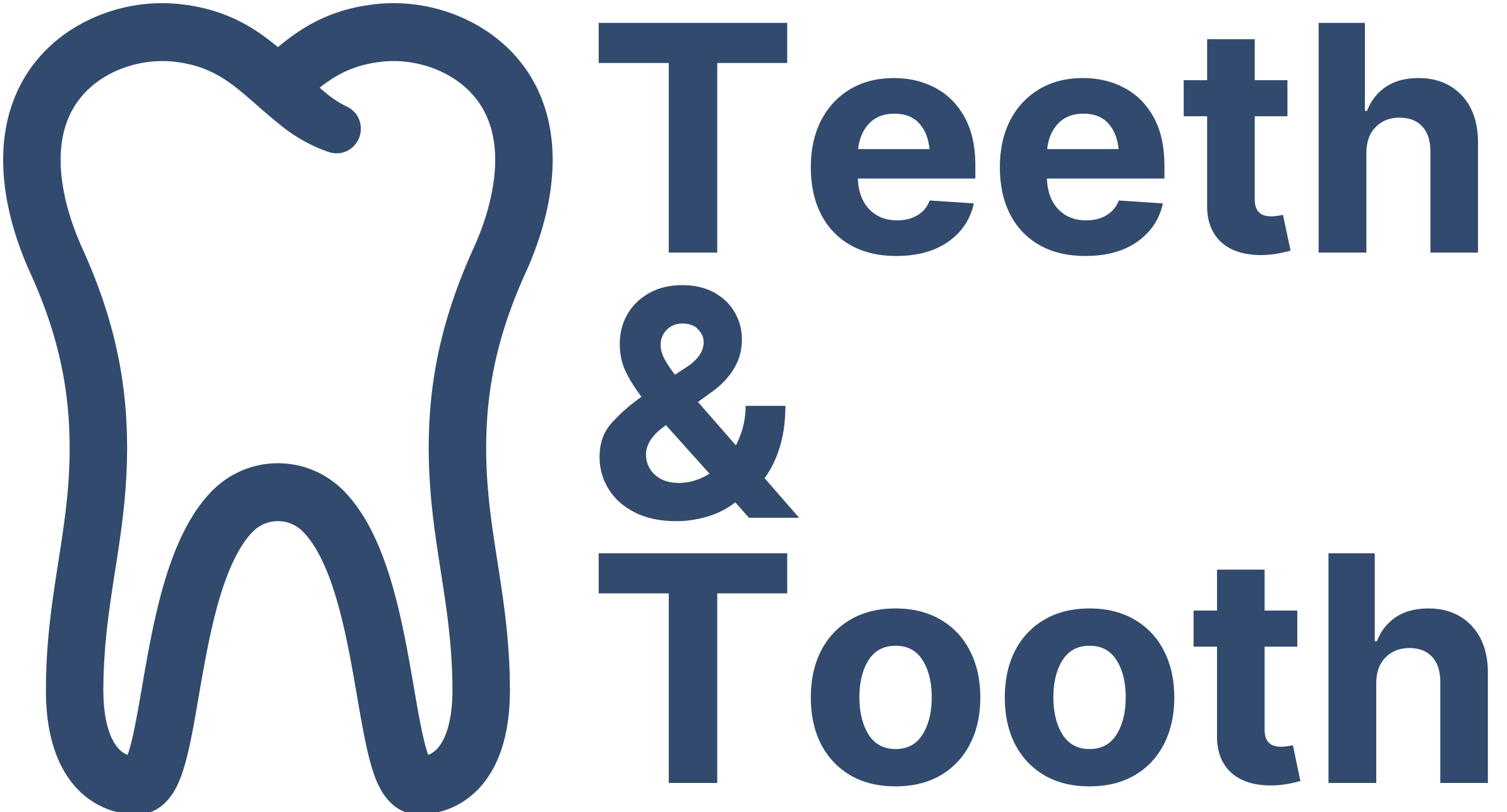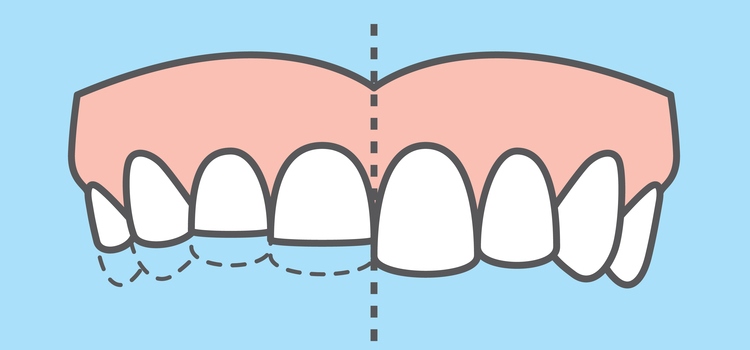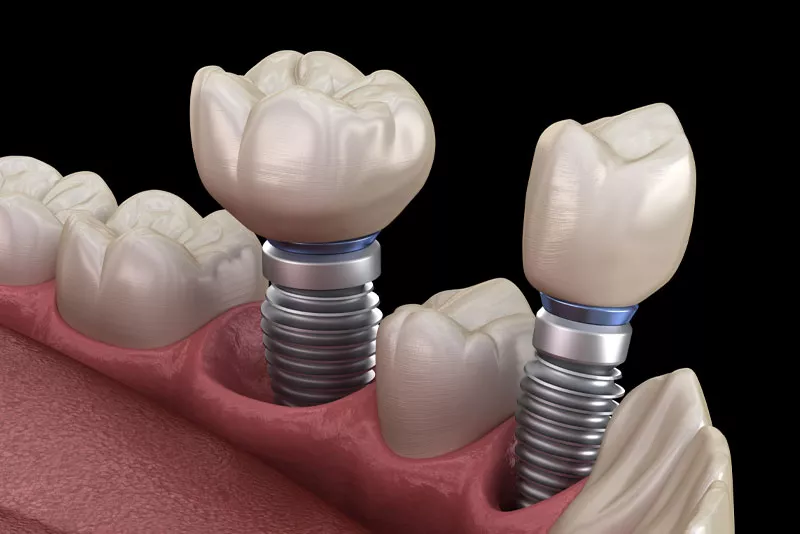There are all sorts of toothpastes on the market these days. Whitening, tartar control, sensitive teeth – the list goes on and on. But what about a toothpaste that glows in the dark? That’s right, a toothpaste that glows in the dark for kids (or adults) who are afraid of the dark.
You might wonder if such a quirky toothpaste product is available, and whether it would be safe for the teeth and gum. The answer is no, a glow in the dark toothpaste does not exist in the toothpaste market. This is primarily due to the presence of phosphors, the active ingredient that makes a toy glow in the dark.

Phosphor substances (not to be confused with phosphorus, an element that glow due to a chemical reaction) is harmful to the human body when present in large quantity. While phosphor are generally harmless and do not cause a serious issue when accidentally consumed in small amounts, it is still treated as an unsafe substance. As such, it is currently not approved by U.S. Food and Drug Administration (FDA) for use in oral hygiene products. As a general rule, if it glows, it is not edible!
That said, the closest product you can get to a glow in the dark toothpaste is Piksters Plaque Glo, a toothpaste product manufactured by Australian oral hygiene company Erskine Oral Care. Plaque Glo features a plaque stain ingredient that when shined with a blue light torch, reveals areas that may contain residual plaque.

Several major brands have come up with unique ways to attract children with glow in the dark oral hygiene products. For instance, Colgate have previously manufactured GLOW in the DARK Colgate® Fluoride Toothpaste and Batman Bubble Fruit Toothpaste where the product packaging glows in the dark.
How Does Glow in the Dark Material Work?
Phosphors work by absorbing energy from an external source such as the sun or bright light, and radiating this energy as light over an extended period when the environment turns dark. This phenomenon of delayed luminescence is known as phosphorescence. While there are numerous phosphor substances created by chemists, the phosphors mostly widely used in toy products are zinc sulfide and strontium aluminate. This is due to the their property of having long persistent luminescence, which meant that they glow for an a significantly longer duration that most other phosphors.
Most products—wristband, glow sticks, toys, and paint—utilize strontium aluminate as it can glow in the dark anywhere from 6 to 24 hours depending on the formula used. On the other hand, while zinc sulfide has a shorter persistent luminescence, it is the only glow in the dark ingredient that is approved by FDA for use as a color additive in cosmetics and body paint.






